Technologies which can complement solar PV
Solar PV monitors
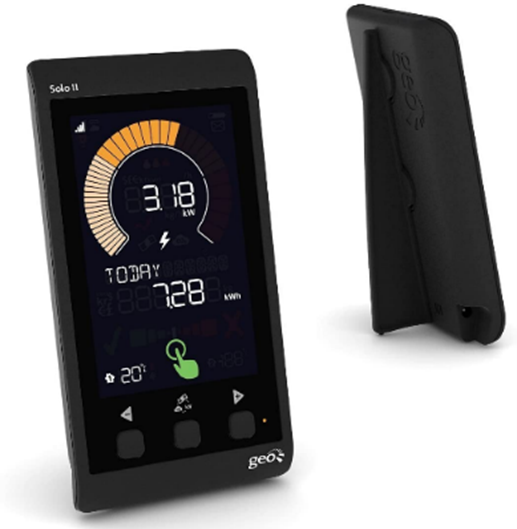
It is helpful to see how much power the solar PV system is generating, as a guide to how many appliances can be run from the solar PV system – for free.
Monitoring devices can be fitted to the solar PV system to measure the power output. They are available from suppliers like Amazon and may cost between £75 and £100 depending on the model chosen.
Some can be fitted with guidance from an installation manual, but others may require an electrician to fit them.
Monitoring devices can measure the flashes from the generation meter or have a clamp around a cable to measure the current. Some have a display unit, while others may provide data via a phone app or internet web-portal. More advanced systems may show information about household electricity consumption as well as solar PV generation. Some monitors need the household to have broadband internet while others just send data to the display.
Smart meters
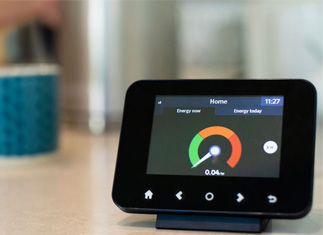
As part of a national programme, energy suppliers will be offering all households the opportunity to have a smart meter fitted before the end of 2024. Advantages of smart meters include an end to estimated bills and no more manual meter readings being required.
The meter comes with an in-home display. Energy suppliers have used models from several manufacturers. These allow you to monitor the electricity you are importing from the grid and how much it is costing you.
At times when your solar PV system is sending electricity to the grid, the in-home display would show that your electricity cost per hour is now £0.00 or you are purchasing 0 W of electricity. These are good times to be using your electrical appliances.
The latest models of smart meters will continue to be smart after switching energy supplier.
Solar PV immersion controller
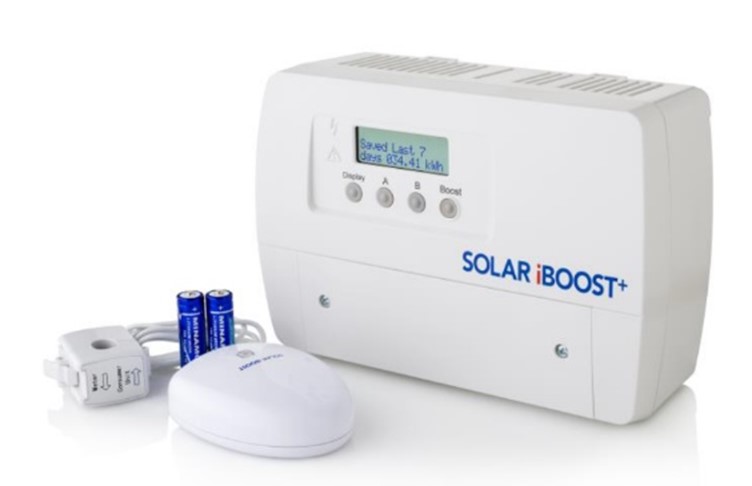
Solar PV systems may export significant amounts of electricity to the grid and this electricity could potentially be used by residents for free. A solar immersion controller detects when electricity is being exported to the grid and then diverts the excess PV generation to heat water by providing power for the immersion heater of the hot water cylinder.
Among the most well-known immersion controllers are the myenergi eddi and the Marlec Solar iBoost. Both have monitoring available with the device. The iBoost has the Buddy in-home display which does not require the internet. The eddi can be connected to the internet via the myenergi hub and more detailed monitoring is available with the myenergi app. Most homes now use combi-gas boilers and do not have hot water cylinders and so are unsuitable for solar immersion controllers.
Battery storage
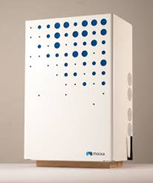
Domestic battery storage systems can store excess electricity produced by the solar panels. This can then be used later in the day when the electricity consumption in the house is greater than the electricity produced by the solar panels.
Currently prices for batteries are high and so they are not routinely fitted with solar panels. However, as prices come down and more solar PV systems are fitted, battery systems are likely to become more common.
Timers and smart plugs
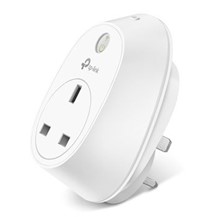
Plug-in timers have been available for many years, are simple to use and cost about £10.
Smart plugs are now available which can also be used to turn on and off appliances at different times. This can be by setting a schedule or through remote control via a smart phone app. Some smart plugs are also able to monitor electricity consumption. This can help you better understand the power consumption of your appliances and what can be powered by the solar PV system. Smart plugs require a smart phone and home broadband.
It is possible to use a timer or smart plug to turn on appliances while you are out. This could be used to charge battery powered appliances during the day. Care should be taken to only schedule appliances which are safe to run while you are out. Smart plugs cost about £15 to £20 and are also available from suppliers like Amazon.

